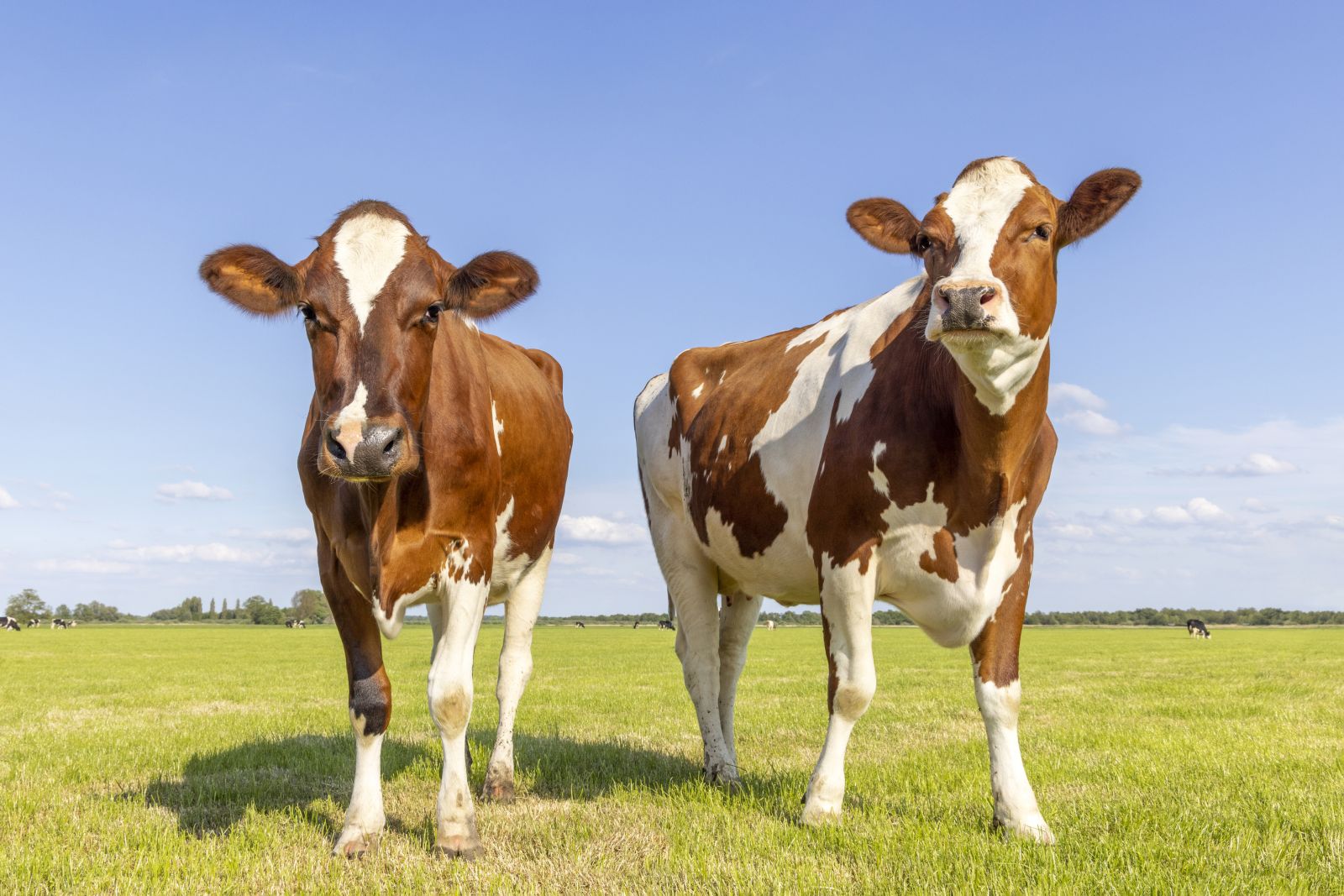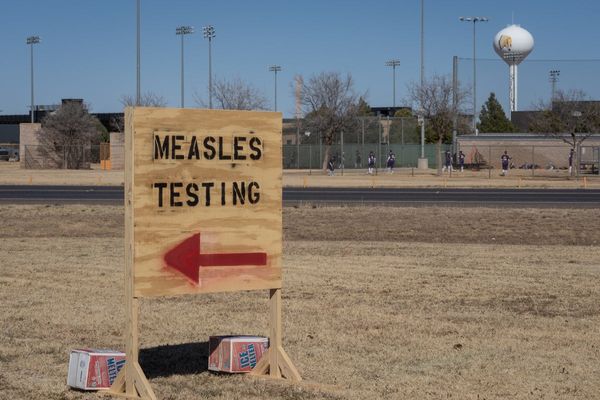
In a mid-August Barchart article on the animal protein sector of the commodities market, I cited three factors supporting animal protein prices since the 2020 lows, including inflation increasing production costs, reduced output during and after the pandemic, and the bullish price trend that encouraged buying. I concluded with the following:
Meat prices are heading lower as the offseason for demand approaches, but now could be the perfect time to begin planning a strategy for 2024, as seasonality is a powerful force in the animal protein arena.
Cattle prices have been trending lower since late July, and the bearish price action could continue over the coming weeks and months. However, the long-term trend remains higher, which could lift prices to even higher highs during the 2025 peak demand season.
Seasonality is critical for cattle prices
On the first weekend of September, the 2024 grilling season ended. The peak demand for steaks, burgers, and other animal proteins runs from late May through early September each year as summer BBQs increase metal demand. The long-term charts dating back to the early 1970s show that, while exogenous events can cause some exceptions, live and feeder cattle prices tend to rise in Spring in anticipation of the peak grilling demand and decline in the fall when BBQs return to storage and the demand drops.

The chart highlights the seasonality in live cattle futures, which typically takes them to annual highs as the summer grilling season approaches and lows after the seasonal peaks.

Feeder cattle display similar seasonal trading patterns and trends.
Feeder cattle are weaned calves around six to ten months old who are just arriving at feedlots. Feedlots are facilities that provide feed, water, and care requirements of large numbers of cattle.
Live cattle have attained the desirable weight of 1150 to 1375 pounds for heifers and 1200 to 1500 pounds for steers to be sold to packers that harvest the cattle and sell the meat in carcass boxed form (Source: ritterfeedyards.com).
The short-term trends are bearish
The live cattle for October delivery price trend turned bearish after the July 25, 2024 high.

The six-month chart shows the pattern of lower highs and lower lows throughout August and early September. At below $1.77 per pound on September 9, October live cattle futures are approaching the first technical support level at the April 12, $1.70825 low.

The six-month October feeder cattle futures chart displays a bearish pattern of lower highs and lower lows, with the price sitting just above the most recent low.
The short-term charts reflect the seasonal trading patterns in cattle futures at the end of the peak grilling season and the start of the offseason for demand.
Longer-term trends are bullish
The longer-term live and feeder cattle futures charts illustrate a completely different picture.

The ten-year live cattle futures chart highlights the bullish trend from the 2020 pandemic-inspired 76.60 cents per pound low to the $1.9205 high. At over $1.75 per pound on September 9, live cattle futures remain bullish, with prices not far below the $192.05 record high.

The ten-year feeder cattle futures chart illustrates the same bullish trading pattern, with prices rising from the March 2020 $1.03925 per pound low to the September 2023 $2.67425 record high. At around the $2.35 level on September 9, the bullish trend in feeder cattle futures remains firmly intact despite the recent seasonal lull.
Technical levels in the cattle futures- The August WASDE was bullish for 2025 beef prices
Based on the ten-year chart, the first technical support levels on live and feeder cattle futures stand at $1.6240 and $2.0915 per pound, respectively, the December 2023 lows. While cattle futures have room to continue declining as the offseason is just getting underway, the trends since the 2020 lows support higher lows over the coming weeks and months.
Meanwhile, the U.S. Department of Agriculture’s August World Agricultural Supply and Demand Estimates Report was not bearish for cattle prices. The August WASDE told the cattle market:
The forecast for 2024 red meat and poultry production is reduced from last month. Beef production is raised on higher steer and heifer and cow slaughter, which more than offsets lighter dressed weights.For 2025, beef production was lowered, reflecting reduced steer and heifer slaughter in the first quarter. For 2025, beef production was lowered, reflecting reduced steer and heifer slaughter in the first quarter. Cattle price forecasts for 2024 are raised for both the third and fourth quarters based on recent stronger-than-expected demand for fed cattle. The higher price forecasts are carried into the first quarter of 2025.
Source: August USDA WASDE Report
The bottom line is that the USDA expects elevated cattle and beef prices into 2025 despite the seasonal weakness at the end of the 2024 grilling season, supporting a higher low over the coming weeks and months.
No ETF or ETN products- The futures are the only path of risk positions
The only route for a risk position on the long or short side of the live and feeder cattle markets is the futures arena on the Chicago Mercantile Exchange (CME). Volatility and significant seasonality in cattle prices preclude ETF or ETN products that trade the cattle futures.
While cattle futures have been trending higher since the early 2020 lows, they can experience significant price volatility. I remain bullish on cattle prices and would use any significant downside price action over the coming weeks and months as a buying opportunity for the 2025 grilling season. However, given the potential for substantial price variance, I will leave plenty of room when building long positions, as picking bottoms can be dangerous in the volatile futures arena.
On the date of publication, Andrew Hecht did not have (either directly or indirectly) positions in any of the securities mentioned in this article. All information and data in this article is solely for informational purposes. For more information please view the Barchart Disclosure Policy here.






